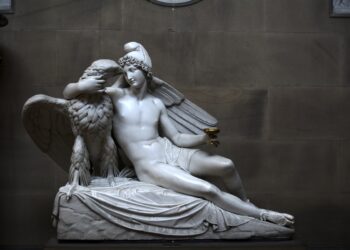This type was known for its smooth ride as one of the quickest vehicles of the decade. Even at high speeds, it was a truly enjoyable trip!

Chevrolet Tahoe
Honda Accord
Honda CR-V
Chevrolet Corvette 427
When it was introduced as a street-legal model in 1954, this classic roadster revolutionized elegance and performance. With “gullwing” doors that allow for a beautiful entry, this 2-seater could achieve speeds of up to 150 mph.
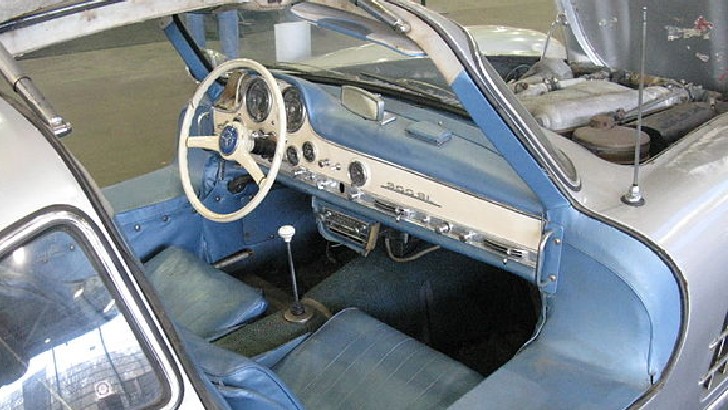
Mercedes-Benz 300 SL
Iso Grifo GL
Aston Martin DBX
Jaguar XF
This is one of the most unusual 1950s American cars. Sales were modest throughout manufacture in 1955-56, despite its pink and rose hues and matching pink leather pocketbook.
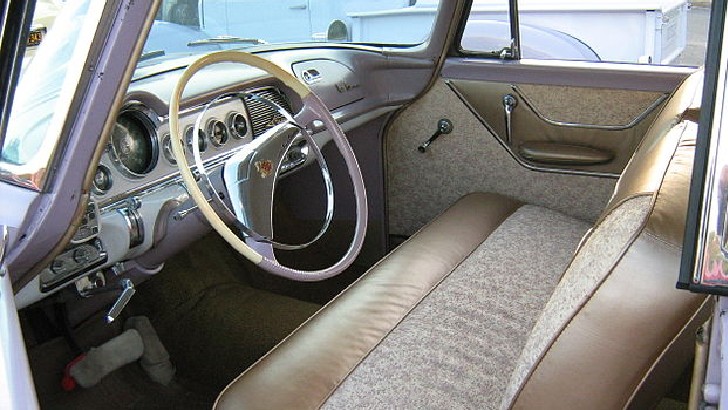
Hudson Empress
Dodge La Femme
Chrysler Comtesse
Studebaker First Lady
This is one of the final muscle cars produced in the 1960s. The first generation was produced in the fall of 1969, and it proved to be the beginning of a long run of very popular models.
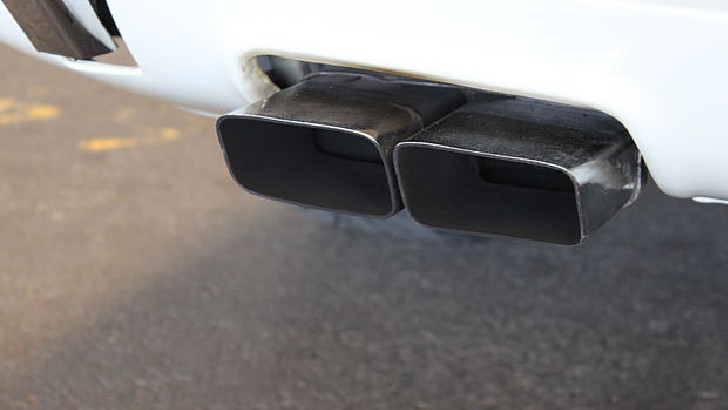
Chrysler Viper
Dodge Challenger R/T
Ford Mustang GT 50
Ferrari 488 GTB
Despite its amusingly low power output of 40-50 horsepower in the early/mid 1960s, it was remarkably dependable and is still the best-selling automobile of all time.
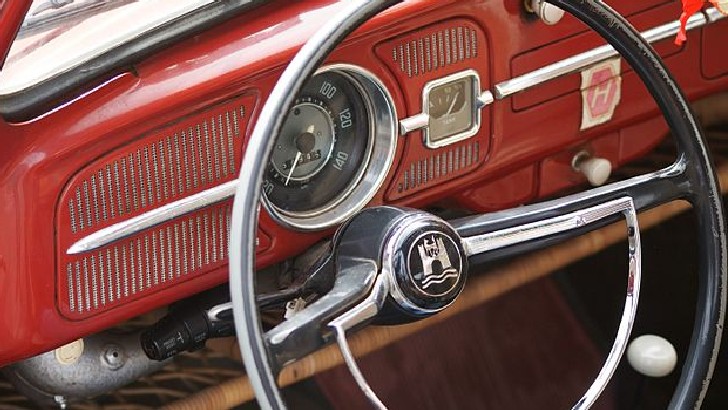
Honda Civic
Volkswagen Beetle
Honda Accord
Hyundai Starex
This company has always set the standard for luxury amenities, and it’s no surprise that this model was the first to include automated temperature control. This functionality was first accessible in 1964.
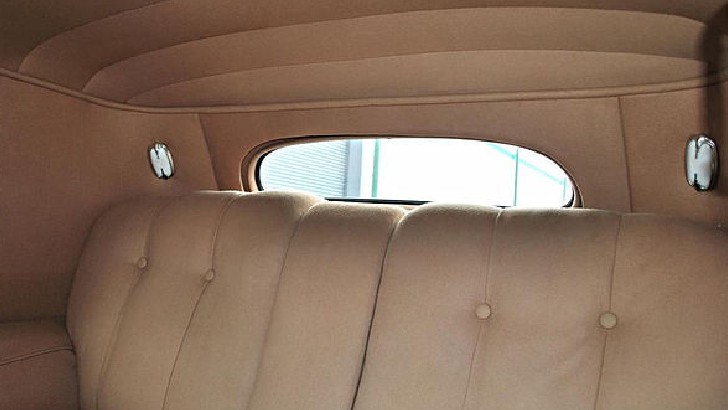
Imperial LeBaron
Cadillac Series 75
Rolls Royce Phantom
Chrysler 300K
This 1953 model personified luxury and sat at the pinnacle of GM’s luxury portfolio for many years. The front Dagmar bumpers, inspired from the 1951 Le Sabre concept vehicle, are iconic stylistic elements. It was originally priced at $7,750.
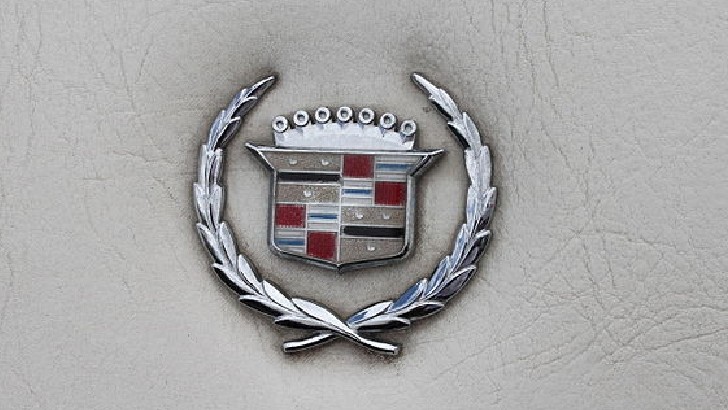
Buick Roadmaster
Oldsmobile 98
Cadillac Eldorado
Chrysler Imperial
Despite being manufactured in 1950, this is one final automobile that embodies the spirit of the 1940s. This automobile was quite quick in terms of speed.
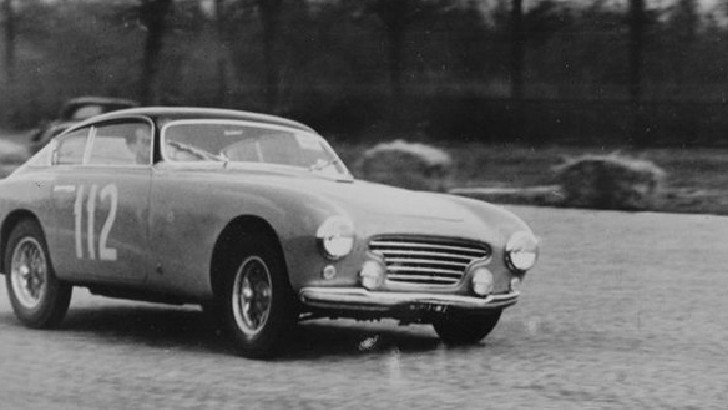
Ferrari 195 S
Maserati Quattroporte
Jaguar F-Type
Lamborghini Miura
This rear-engine, air-cooled sports car classic first appeared in 1963 and is still in production today. It has won practically every major endurance race, making it the most successful sports racing car of all time.

Iso Grifo
BMW 700RS
Porsche 911
Mercedes-Benz 190SL
This car made headlines in 1957 because it had the first retractable hardtop on a production vehicle. Just for the hardtop, the system included seven motors and 510 feet of wire.

Studebaker Commander
Ford Fairlane 500 Skyliner
Mercury Montclair
Plymouth Valiant
This car appears to belong in space rather than on the racetrack. But don’t be deceived; this one can compete with any other sports vehicle from the 1960s.
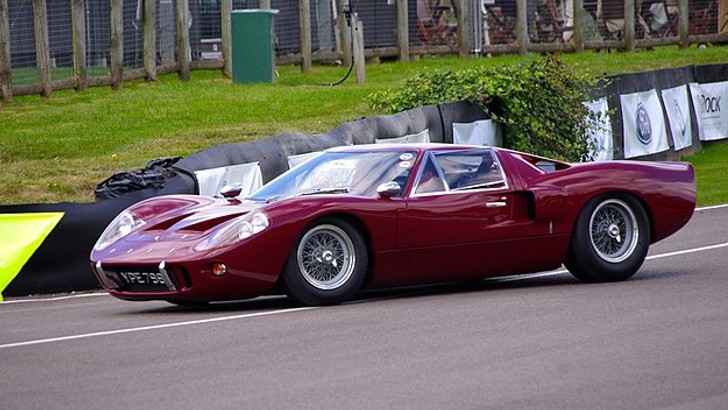
Lamborghini Miura
Aston Martin DB5
Ford GT40 Mark III
Ferrari 250GT
This 1959 model followed the attractive, exclusive, and inventive trend established by its predecessors. As the style foreshadowed 1960s trends, headlights were incorporated into the grille and Dagmar bumpers were deleted.

Bentley R-Type Continental
Lincoln Continental Mark IV
Cadillac Eldorado
Chrysler 300 “letter series”
This legendary two-seater was the first production car capable of exceeding 200 km/h (124 mph). It was manufactured from 1948 until 1954.
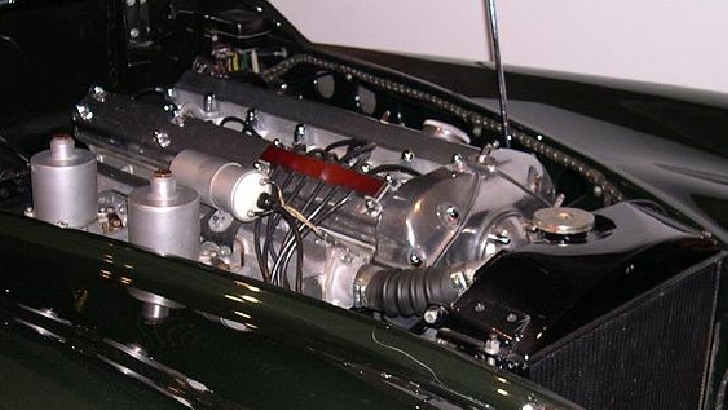
Ford Super Deluxe 8 Tudor
Jaguar XK120
Mercedes 170S
Shelby Cobra
If you spotted this car at the drag track, you could bet you weren’t going to win that day. This 657 horsepower monster won the NHRA Super Stock class in the mid-1960s, based on a somewhat conservative intermediate model.

Pontiac Tempest GTO
Ford Fairlane Thunderbolt
Porsche 911
Lamborghini Miura
This classic vehicle debuted in 1962 as the outcome of Anglo-American collaboration. The V8 engine on this 2000-pound supercar was supplied by Ford, a modified version of which is still in production today. It was the quickest automobile created in the 1960s.
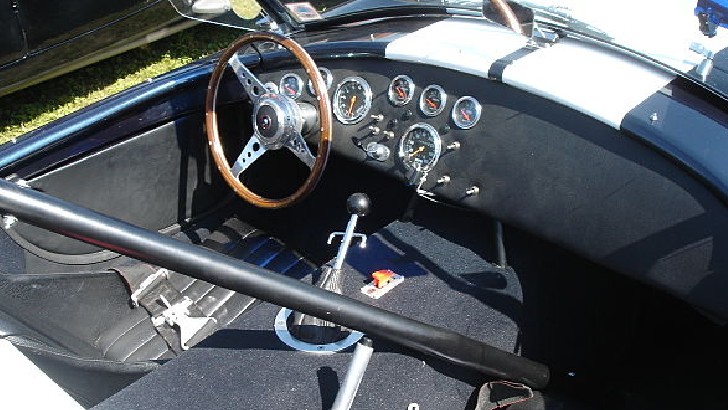
Austin-Healey Sprite
AC Cobra
Dodge Viper
Ford Mustang
Despite being one of the fastest automobiles made in America at the time, it was also one of the safest. It was the first model to include fiberglass safety cushioning in its internal windshield pillars when it was introduced in 1967.
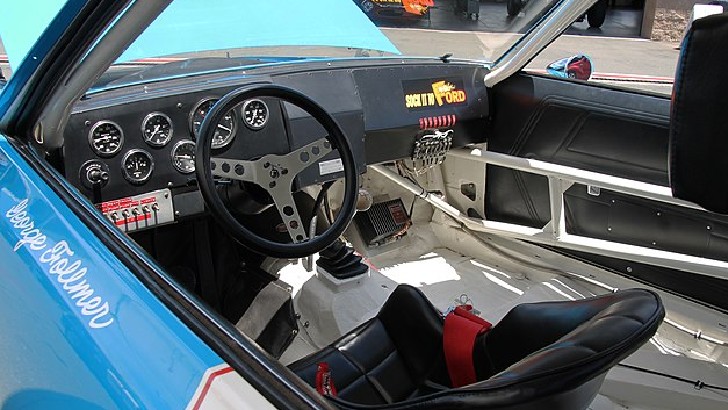
Ford Boss 302 Mustang
Pontiac Firebird
AMC Javelin
Chevrolet Corvette
This vehicle was the most powerful American automobile for many years. Muscle vehicles were inspired by this series of high-performance personal luxury cars. Production began in 1955, and by 1958, a fuel-injected variant could produce up to 390 horsepower.

Chrysler 300
Alfa Romero Giulia
Buick LaCrosse
Audi RS3
This 1960s automobile has a distinct 1950s vibe to it. However, it is still a fast, elegant, and memorable automobile from the decade.
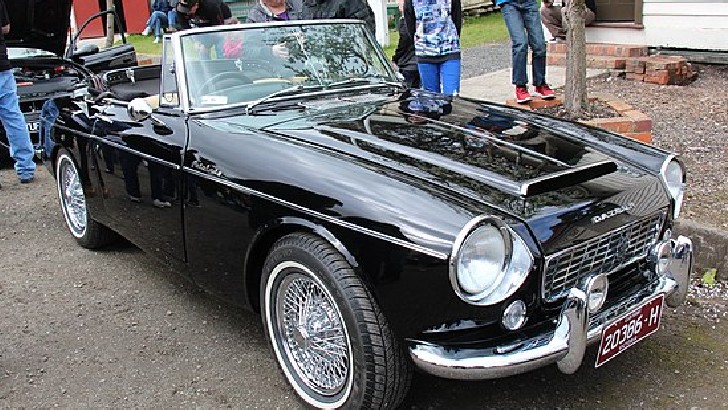
Nissan Datsun Sports 1200
Rimac Concept_One
Lotus Elise GT1
MG Aeromax
This British supercar was in production for practically the whole 1960s, beginning in 1961 and ending in 1975.

MGC
Porsche 911
Jaguar E-Type
Triumph GT6
Between 1961 and 1963, the outer width of these second-generation cars spanned a staggering 81.7 inches, making them the largest non-limousine American automobile ever made. These versions were later barred from demolition derbies because they were simply too difficult to demolish.
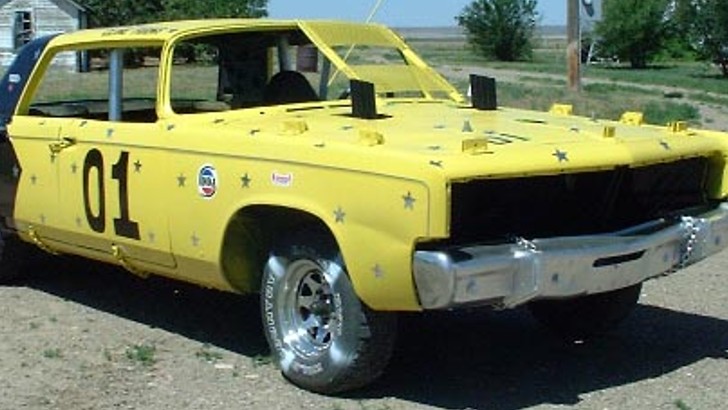
Rolls Royce Silver Cloud
Imperial Crown
Lincoln Continental Mark IV
Honda Accord
This classic is missing from any list of 1950s automobiles. Although it may appear unexpected, less than 1,000 of these cars were sold in 1953 and 1955. In 1955, the advent of a 4.3 L small-block V8 engine greatly increased sales.
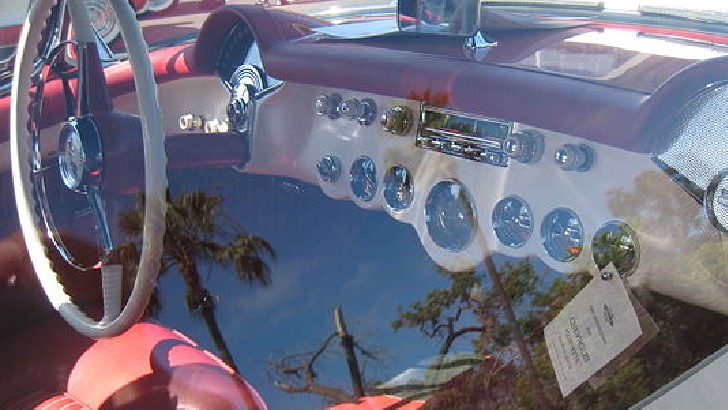
Buick Riviera
Chevrolet Corvette
Ford Mustang
Pontiac GTO
With the introduction of this automobile in 1967, its maker finally had a “pony car.” There were two variants available: the basic and the XR-7.
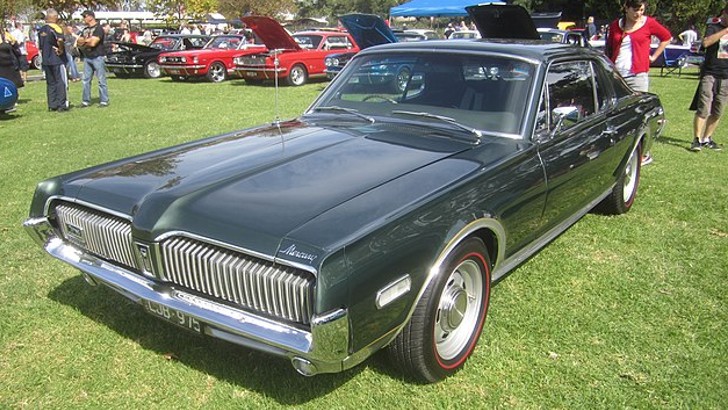
Mercury Cougar
Ford Mustang
Cadillac Calais
AMC Javelin
What was the name of this automobile in a Disney film series?

Jimmy
Herbie
Lightning McQueen
Rusty
This personal luxury vehicle earned the 1966 Motor Trend Car of the Year Award when it was introduced, making it historically noteworthy as the first model with front wheel drive since the 1930s.
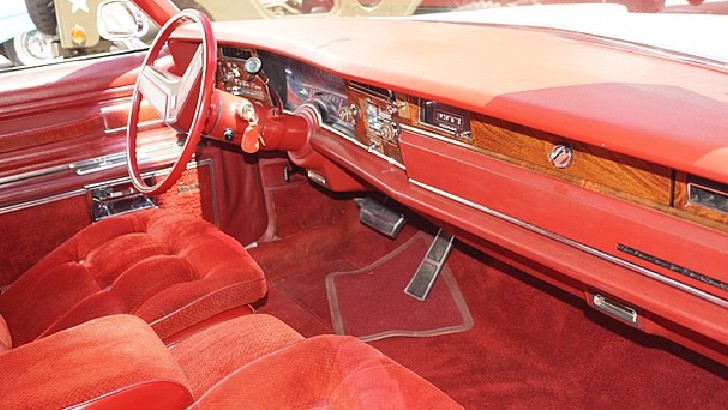
Aston Martin DB5
Ford Thunderbird
Oldsmobile Toronado
Mercury Cougar
At an astonishing $16,800 new, this V12 monster was among the most sumptuous and costly automobiles of the 1950s. It aided in the establishment of a brand’s reputation, which has only grown over time.
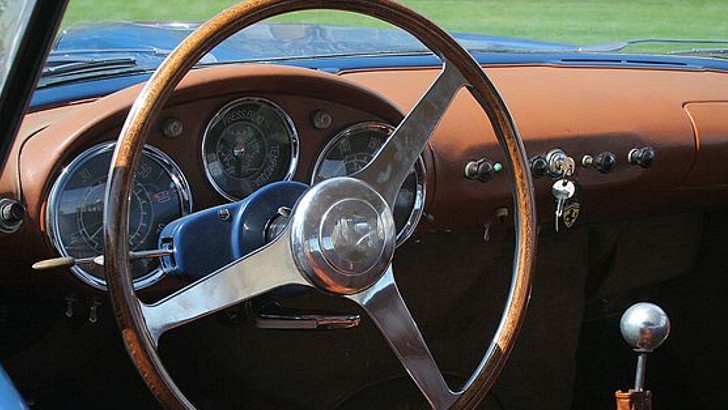
Maserati A6
Lamborghini Diablo
BMW 503
Ferrari 410 Superamerica
Despite being the brand’s “entry-level” model, this premium vehicle began at roughly $5,000 and had equipment such as power brakes, steering, and automatic gearbox.
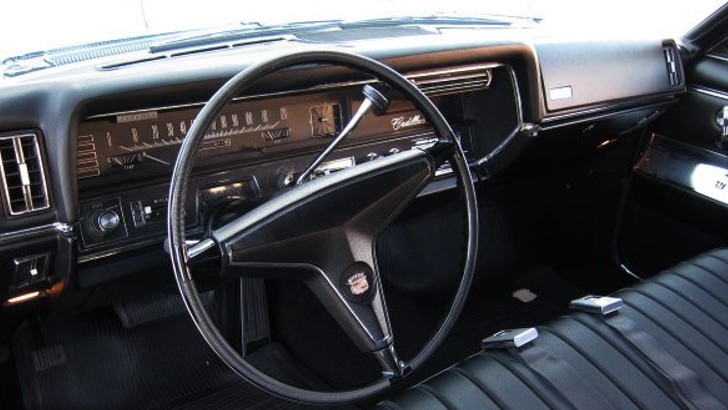
Lincoln Continental
Chrysler LeBaron
Cadillac Calais
Buick Electra
Which car launched a massive series of elegant and fast cars that would remain in production until 2002?

Nissan Fairlady Z/350Z
Pontiac Firebird
Chevrolet Corvette
Aston Martin DB5
When equipped with the optional 7.0 426 “Commando” engine, this 2-door top-end model hit 60 mph in 5.3 seconds, making it one of the fastest automobiles of the decade in 1966.
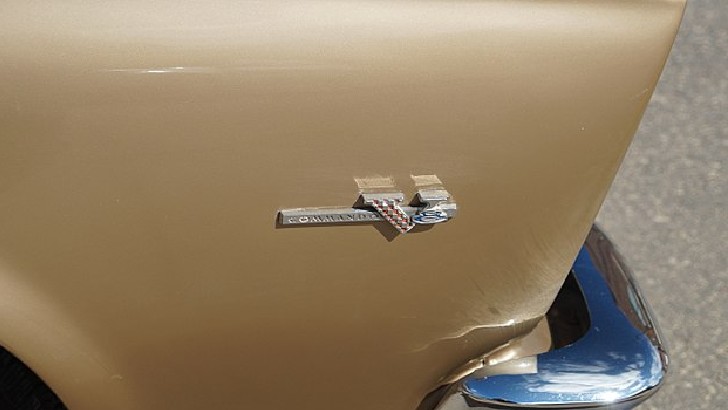
Buick GNX
Oldsmobile Toronado
AMC Javelin
Plymouth Satellite
This classic vehicle combines luxury and performance and is often regarded as the most beautiful car of all time. It wasn’t only pretty: peak speed was above 150 mph, and 0-60 speeds were under 7 seconds.
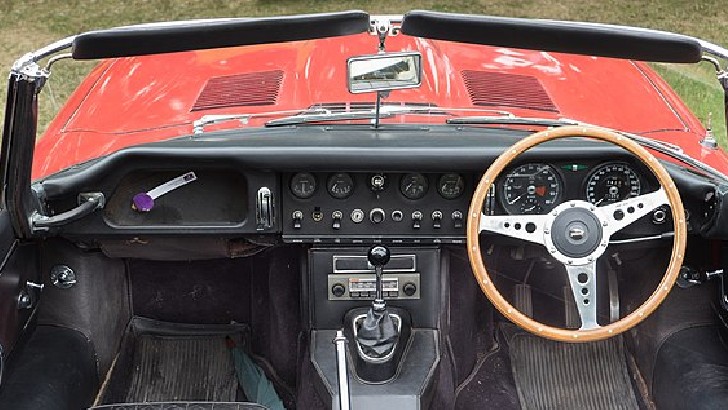
Jaguar E-Type
Aston Martin DB5
Bentley Continental
Rolls Royce Ghost
Introduced in 1951, this model was equally successful on the road as on the track, winning the majority of NASCAR races from 1952 through 1954. The car’s luxury attributes were perhaps the most astounding aspect of this performance.
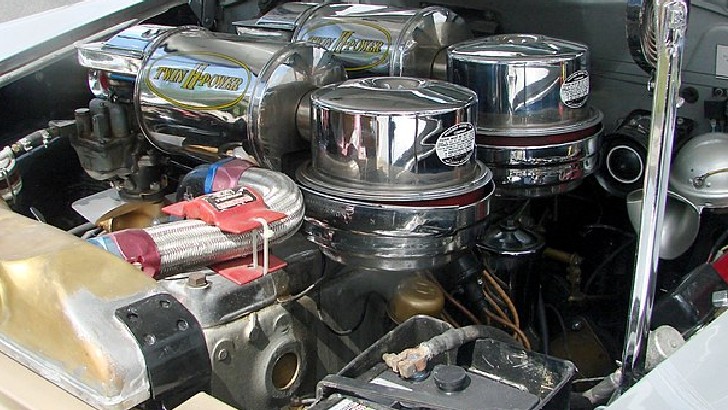
Hudson Hornet
Porsche 911
1955 Chrysler 300
Cadillac Sixty Special
This race-focused muscle automobile was released in limited quantities in 1965. All ’65 cars were white with blue stripes and produced 306 horsepower using a 4-speed manual transmission.

Shelby GT350
Lexus IS-500
Toyota Supra
Dodge Viper
With a peak speed of 174 MPH, there is no doubt that this automobile was one of the quickest from the 1960s, even though it was debuted in 1968, at the end of the decade.

Ferrari 365 GTB/4 Daytona
Buick Reatta
Shelby 350
Porsche 911
This type became famous as the first “Bond automobile” in the 1964 film Goldfinger. From 1963 through 1965, little over 1,000 were made.

Honda Accord 95
Aston Martin DB5
Rolls Royce Phantom
Saab 95
In 1951, admiration for this “Rocket” V8-powered full-size automobile inspired probably the first rock & roll song. The brand had a long career, with the tenth generation’s final production model rolling off the line in 1999.

Oldsmobile 88
AMC Javelin
Chevrolet Impala
Pontiac Bonneville
For the most of its run from 1958 to 1969, this automobile was consistently among the most inexpensive new models on the market. It was so dominating in the Mobilgas Economy Run of the time that it was given its own class.
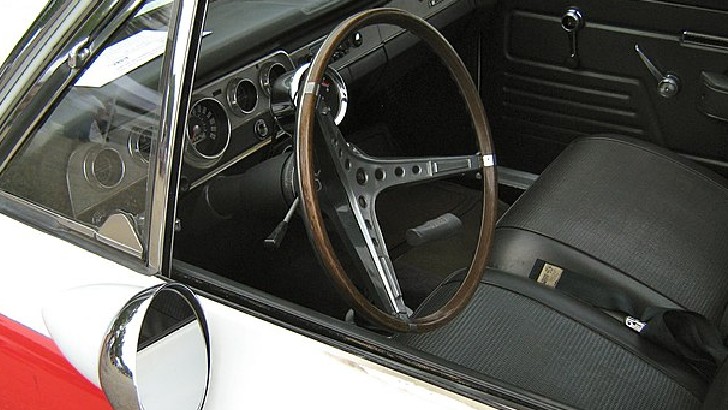
Ford Focus
AMC Rambler
Plymouth Road Runner
Chevy Impala
It was introduced in 1965 as the brand’s flagship model, and it was part of a “New Class” of luxury automobiles that revolutionized the earnings of this company.
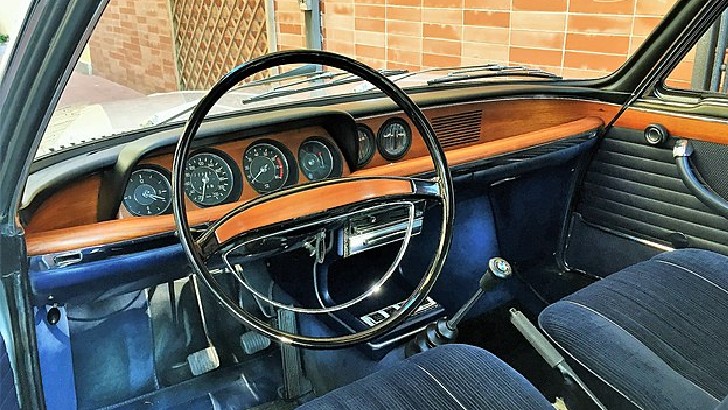
Honda Accord
BMW 2000CS
Audi TT
Saab 95
Along with its distinctive grille, this muscle vehicle had completely revolving headlamps. Engine options included the 426 Street Hemi, which was introduced in 1966.

Ford Mustang
Dodge Charger
Porsche 911
AMC Javelin
This exquisite 1954 model is still the widest American production automobile ever built. With one of the few car air conditioning systems available at the time, good luck parking one – it’s nearly 83″ wide.
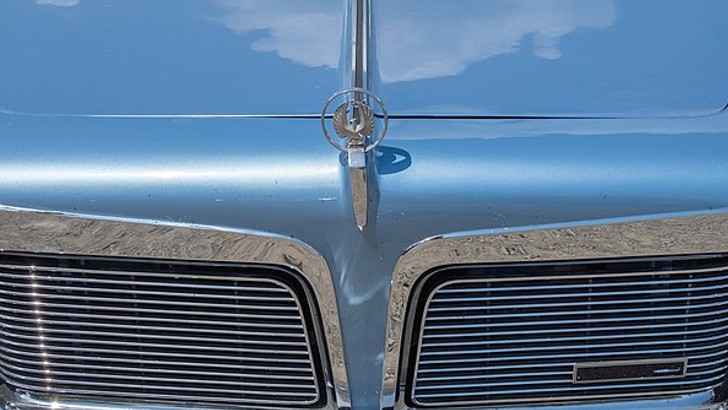
Chrysler Buick RegalCrown Imperial
Pontiac Bonneville
Lincoln Continental Mark II
Buick Regal
It was the first car featuring disc brakes and self-leveling suspension when it was introduced in 1955. ‘Classic & Sports Automobile’ magazine called it the most beautiful car of all time.
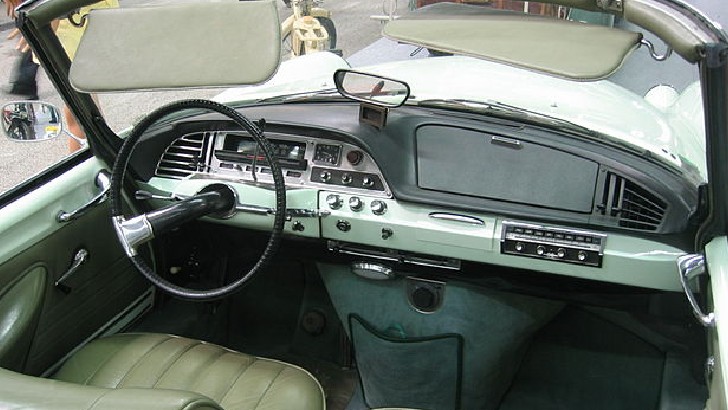
BMW Isetta
Citroën DS
VW Beetle
Saab 95
This luxury sedan was introduced in 1951 to replace the Super 8. Foot rests were provided for rear passengers, which was made feasible by the vehicle’s huge 219-inch length. It was manufactured until 1956.
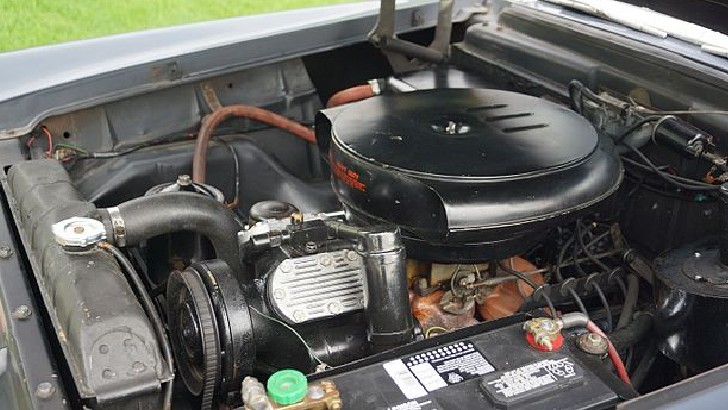
Buick Wildcat
Packard Patrician
Oldsmobile 88
Chevrolet Impala
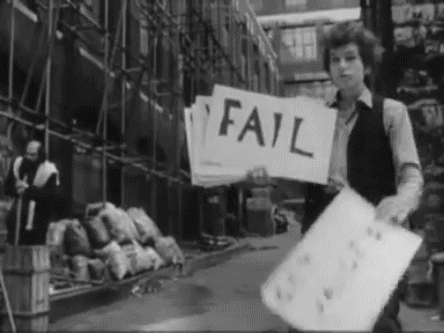
Too bad. Try again next time.
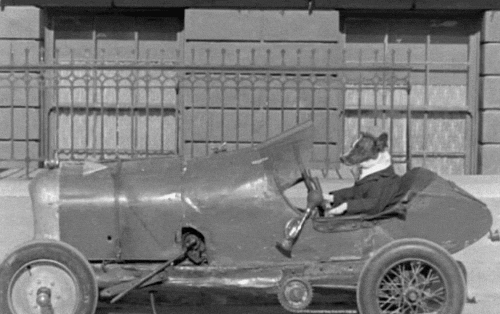
Good Job! Here’s a vintage dog honking you to aim for a higher score.

Excellent! You really know your vintage cars.
[giveaway id=12098]




